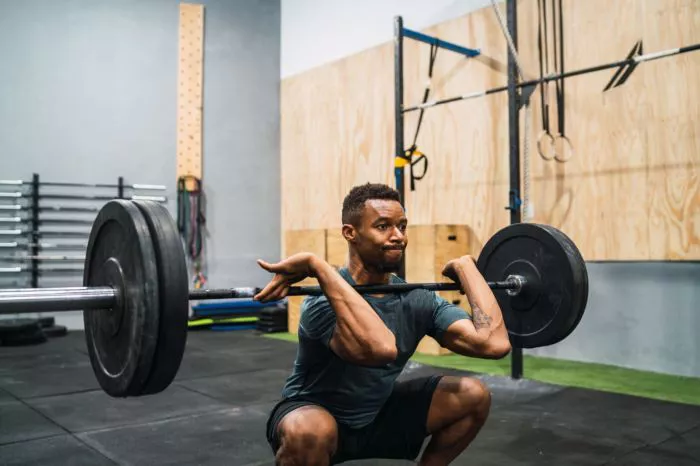A strong and stable core is essential for overall fitness and functionality. Whether you’re an athlete looking to improve performance or someone aiming for better posture and injury prevention, enhancing core stability should be a cornerstone of your fitness routine. In this article, we’ll explore the importance of core stability, effective exercises to strengthen your core, and how to integrate these into your fitness regimen.
Why Core Stability Matters
The core encompasses muscles in the abdomen, lower back, hips, and pelvis. It serves as the foundation for all movement and plays a crucial role in stabilizing the body during physical activities. Here are key reasons why core stability is important:
Improved Balance and Coordination: A strong core enhances balance and coordination, reducing the risk of falls and injuries, especially during dynamic movements.
Enhanced Performance: Athletes rely on core stability to generate power and transfer energy efficiently during sports-specific movements.
Better Posture: Core strength supports proper posture, reducing strain on the spine and preventing back pain.
Injury Prevention: A stable core helps distribute forces evenly throughout the body, minimizing the risk of overuse injuries.
Effective Core Strengthening Exercises
Incorporate these core exercises into your workout routine to develop stability and strength:
Plank Variations:
Standard Plank: Start in a push-up position, resting on forearms and toes, keeping the body in a straight line.
Side Plank: Support the body on one forearm and the side of one foot, lifting hips to maintain a straight line.
Plank with Shoulder Taps: While in a plank position, alternate tapping each shoulder with the opposite hand.
Russian Twists:
Sit on the floor with knees bent and feet flat. Lean back slightly and clasp hands together. Rotate torso from side to side, touching the floor beside your hip with each twist.
Bird-Dog:
Start on hands and knees, with wrists under shoulders and knees under hips. Extend one arm forward and the opposite leg backward while keeping the spine neutral. Hold briefly, then switch sides.
Dead Bug:
Lie on your back with arms extended towards the ceiling and legs bent at 90 degrees. Lower one arm and the opposite leg towards the floor without touching it, then return to the starting position.
Bridge:
Lie on your back with knees bent and feet flat on the floor. Lift hips towards the ceiling, squeezing glutes and engaging core muscles. Hold at the top for a few seconds before lowering back down.
Integrating Core Stability into Your Routine
To maximize the benefits of core stability exercises, consider the following tips:
Consistency: Perform core exercises at least 2-3 times per week, allowing for adequate recovery between sessions.
Progressive Overload: Gradually increase the duration or intensity of exercises as your core strength improves.
Combine with Compound Movements: Incorporate core activation into compound exercises like squats, deadlifts, and overhead presses to enhance stability during functional movements.
Focus on Form: Emphasize proper form and technique to effectively engage the core muscles and minimize the risk of injury.
The Role of Nutrition and Recovery
Support your core training efforts with a balanced diet and sufficient recovery:
Protein Intake: Consume adequate protein to support muscle repair and growth.
Hydration: Stay hydrated to maintain optimal muscle function and overall health.
Rest and Sleep: Allow for adequate rest and quality sleep to facilitate recovery and muscle regeneration.
In Conclusion
Core stability is integral to overall fitness and functional movement. By incorporating targeted core exercises into your workout routine and prioritizing proper nutrition and recovery, you’ll build a strong and stable core that enhances performance, reduces injury risk, and supports better posture and balance in everyday activities. Start strengthening your core today and reap the benefits of a stronger, more resilient body!
Related Topics:
Getting Started with Weightlifting: A Beginner’s Guide


